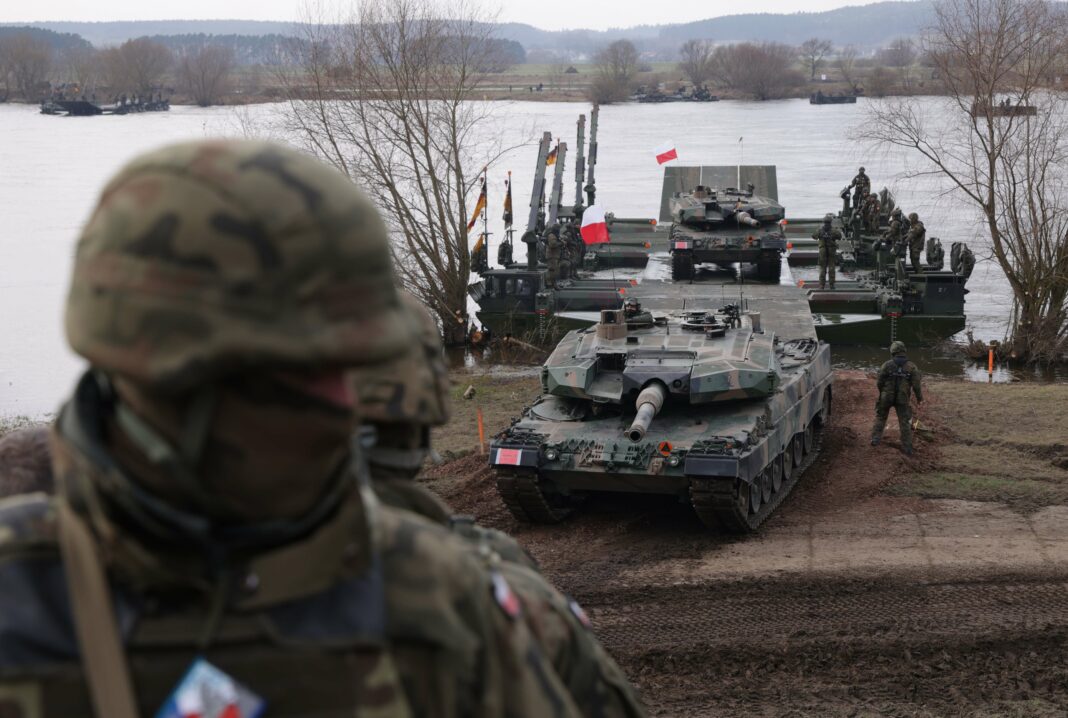Europe faces a pressing need to enhance its defense capabilities amid geopolitical tensions, particularly from Russia. With the establishment of the EU Defense Commissioner role, member states are urged to collaborate on collective rearmament while respecting national sovereignty. Challenges include funding, procurement, and the complexities of military governance. Despite aspirations for a unified defense strategy, a European army remains unlikely, necessitating a focus on joint initiatives and financial solutions to strengthen Europe’s military readiness.
Europe’s Defense Dilemma: A Call for Collective Action
Europe has long been described as an “economic giant, a political dwarf, and a military worm,” a phrase coined by former Belgian Foreign Minister Mark Eyskens over three decades ago. Despite the significant changes in the global landscape since then, this characterization remains surprisingly relevant. The approach to security policy continues to be primarily a national concern.
Shifting Perspectives on Defense Policy
With the recent geopolitical shifts, particularly due to Russia’s assertive ambitions, there is a growing recognition among EU member states of the urgent need to bolster their defense investments. However, simply increasing funding is not sufficient; a coordinated effort for collective rearmament is essential.
In December, the EU Commission established the role of EU Defense Commissioner, now held by former Lithuanian Prime Minister Andrius Kubilius, marking a pivotal moment in the Union’s history. This new position signifies a shift from the previous approach where defense was merely a secondary concern within broader economic discussions.
Despite the clear assignment of responsibilities, creating a cohesive defense policy remains a challenge. The critical question is how to build a robust European defense framework that respects national sovereignty while avoiding overlaps with NATO. Notably, only a few EU countries—Austria, Ireland, Cyprus, and Malta—are not part of NATO, which complicates this endeavor.
Kubilus is expected to address these issues in his upcoming “White Paper,” anticipated in March. He will collaborate with European leaders during an informal summit dedicated to defense matters. Additionally, the newly formed Defense Committee in the European Parliament aims to make its voice heard in shaping defense policies, as decision-making in the EU typically involves multiple layers of governance.
While the aspiration for a “defense union” is evident, the establishment of a unified European army is not on the horizon. As Dick Zandee from the Dutch Clingendael Institute aptly points out, the complexities of military decisions make it implausible for one nation’s politician to dictate the fate of another’s troops. Kubilius’ initial directive emphasizes that member states will retain responsibility for their armed forces, including military doctrine and operational deployment.
However, the EU can play a significant role in areas such as arms procurement, research, industrial capacity, and standardizing weapon systems. Kubilius faces the daunting task of navigating various forms of opposition. For instance, while joint procurement initiatives sound appealing, political considerations will inevitably arise regarding which country’s defense firms receive contracts and the associated economic consequences.
The financial aspects of enhancing Europe’s defense capabilities are even more intricate. To replenish military stocks depleted by support to Ukraine, substantial funding will be required. Estimates vary, with EU Commission President Ursula von der Leyen suggesting a need for 500 billion euros over a decade, while Kubilius cites 100 billion euros over seven years. The pressing question remains: how can funds be secured amidst the financial strains of member states?
Discussions are underway regarding potential funding mechanisms, including reallocation within the EU’s seven-year financial framework, which is currently around 1,200 billion euros. Despite some possibilities for adjustments, the need for defense funding is unlikely to be fully met through these means alone. Increasing contributions from member states to the EU could also lead to significant political backlash domestically.
Last year, the European Investment Bank (EIB) relaxed its financing rules, allowing it to support dual-use goods for both military and civilian applications. The EIB intends to double its security and defense investments to 1 billion euros in 2024 and aims for 2 billion euros in 2025, amidst calls from 19 EU nations to reconsider the restrictions on arms sector activities.
One of the most debated yet potentially beneficial solutions is the idea of joint debt, reminiscent of the EU’s 650 billion euro Corona Recovery Fund established in 2021. However, countries like Germany, Austria, and the Netherlands exhibit strong resistance to this approach, fearing that current debts may constrain future fiscal flexibility.
As the ramifications of existing debts begin to surface, concerns will likely spread to other nations, including France and Italy, especially if they face pressure to reduce social spending while simultaneously enhancing military capabilities. Kubilius and the governments across Europe have a challenging road ahead, navigating these complex dynamics to forge a united and effective defense strategy.
